Honda isn’t late to the electric motorcycle game—it’s strategic. Discover how the global giant is quietly positioning itself to dominate EV markets, starting with India.

Subscribe to our Telegram channel for instant updates!
In the electric motorcycle race, being early often means being expendable. Over the past two decades, we’ve seen startups surge with innovation, only to fizzle out under the pressure of limited infrastructure, high development costs, and a market still catching up to the idea of two-wheeled electrification. In the midst of it all, legacy players like Honda seemed, at first glance, quiet. Too quiet.
But that silence? It wasn’t hesitation. It was calculation.
The Quiet Giant Watches and Learns
Zero Motorcycles, founded in 2006, is often credited with pioneering electric two-wheelers. While it found its niche, many competitors emerged and vanished before most traditional manufacturers had even drawn their first EV blueprint. It’s tempting to chalk up Honda’s slow EV rollout to corporate caution. And to some extent, it is. But when you hold 40% of the global motorcycle market, as Honda does, moving deliberately isn’t just smart—it’s essential.
Launching a product too soon in a volatile and evolving space could do more damage to brand equity than doing nothing at all. Honda doesn’t just sell motorcycles; it sells trust. And trust isn’t built on rushed experiments—it’s built on consistency.

India First, World Later
Instead of throwing EV darts at a global board, Honda has chosen its opening move wisely: India. A country is undergoing one of the most aggressive vehicle electrification campaigns in the world. Government incentives, urban density, and a massive commuter market make it fertile ground for electric two-wheelers.
Honda’s new EV-dedicated facility in Bengaluru, slated for a 2028 opening, isn’t just a factory—it’s a signal. It says Honda isn’t tiptoeing into this space. It’s building infrastructure, sourcing smarter, and preparing to scale. The factory will rely on external battery suppliers, keeping costs lean and allowing flexibility as battery tech evolves. Design components will be standardised, enabling mass production without losing the precision Honda is known for.
Playing the Long Game
What’s fascinating is Honda’s understanding of momentum. It isn’t trying to dominate the U.S. or European EV motorcycle market—at least not yet. It’s looking at ecosystems: markets where EV adoption is rising, not resisting. India is the proving ground. Indonesia and the Philippines are next. Then, perhaps, global scale.
It’s a chess game, not a drag race. And Honda’s betting that by letting competitors rush ahead, it can see the traps—battery degradation, insufficient charging networks, unsustainable pricing models—and then design around them.

Stability vs. Sparkle
Sure, Chinese OEMs are pumping out affordable, tech-packed EV bikes at a record pace. Their agility is unmatched. But Honda isn’t selling agility. It’s selling stability. For many riders—especially those in emerging markets—that means more than touchscreen dashboards or top-speed bragging rights. It means a bike that works, day in and day out, with minimal fuss.
The Verdict?
Honda’s EV journey doesn’t scream disruption. It hums strategy. It’s the difference between being first and being right. Between crashing into the market and carefully building a new pillar of mobility.
In the end, the legacy OEM may not lead the charge, but it aims to outlast the chaos. And when the EV dust settles, don’t be surprised if Honda’s still standing—quietly, efficiently, and firmly in control.





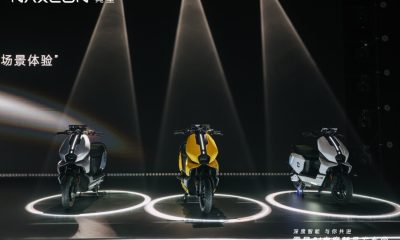

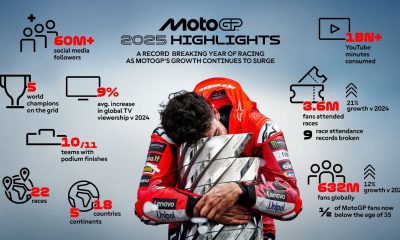
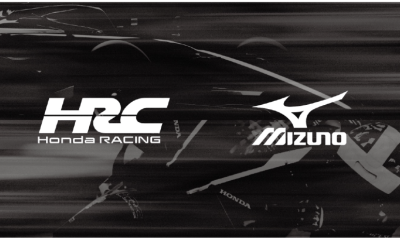
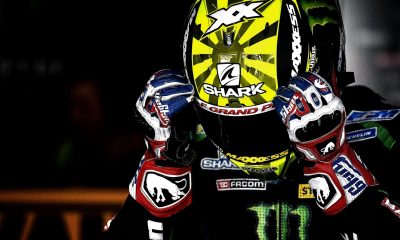

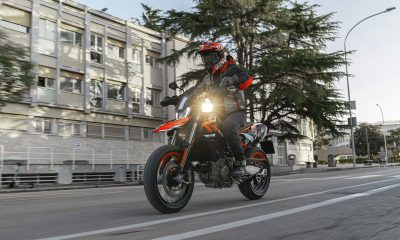
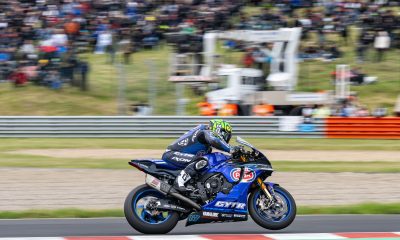
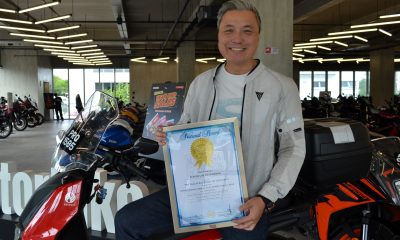
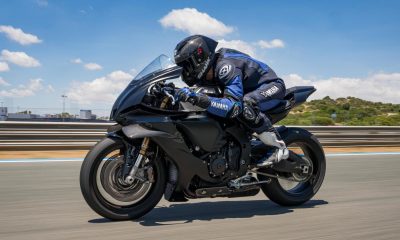














Facebook
Instagram
X (Twitter)
YouTube
LinkedIn
RSS